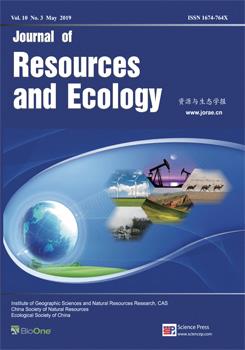With the rapid development of the society and the economy, people are paying more attention to the value of natural resources and the benefits of the ecological environment. Evaluating the value of eco-assets has become a focus of concern. Quantitative remote sensing measurements, land data and other auxiliary data were used to measure the eco-assets in 46 regions of the Wanjiang Demonstration Area from 1990 to 2013. This paper analyzes temporal and spatial variations of eco-assets' distribution, composition, change patterns and the factors driving variations. The results show that the distribution of eco-assets in the regions is very uneven, the central region has higher ecological assets than other regions, and it declined first and then rose during the period 1990–2013. The total amount of eco-assets increased by 3.05%. The change in the amount of ecological assets was not large, but it is important that the amount of assets was basically stable, and increases in the proportion of degraded areas was small. Grassland and water body eco-assets decreased by 11.19% and 0.66%, respectively, and that of cultivated land decreased by 15.54%, but forest land increased by 6.42%. As for the change pattern of ecological assets, the per capita assets of Hefei had the largest reduction, and those of Xuancheng the second largest. The spatial and temporal changes of ecological assets in the Wanjiang Demonstration Area include natural factors and human factors. The government′s macro-control and economic policies are the main driving factors for the spatial and temporal changes of the ecological assets pattern.
How to translate text using browser tools
3 June 2019
Temporal and Spatial Variations of Eco-asset Patterns and the Factors Driving Change in the Wanjiang Demonstration Area
Cao Yuhong,
Chen Chen,
Liu Chonggang,
Li Lulu,
Liu Meiyun
ACCESS THE FULL ARTICLE

Journal of Resources and Ecology
Vol. 10 • No. 3
May 2019
Vol. 10 • No. 3
May 2019
driving force analysis
eco-assets
landscape pattern
temporal and spatial variation





